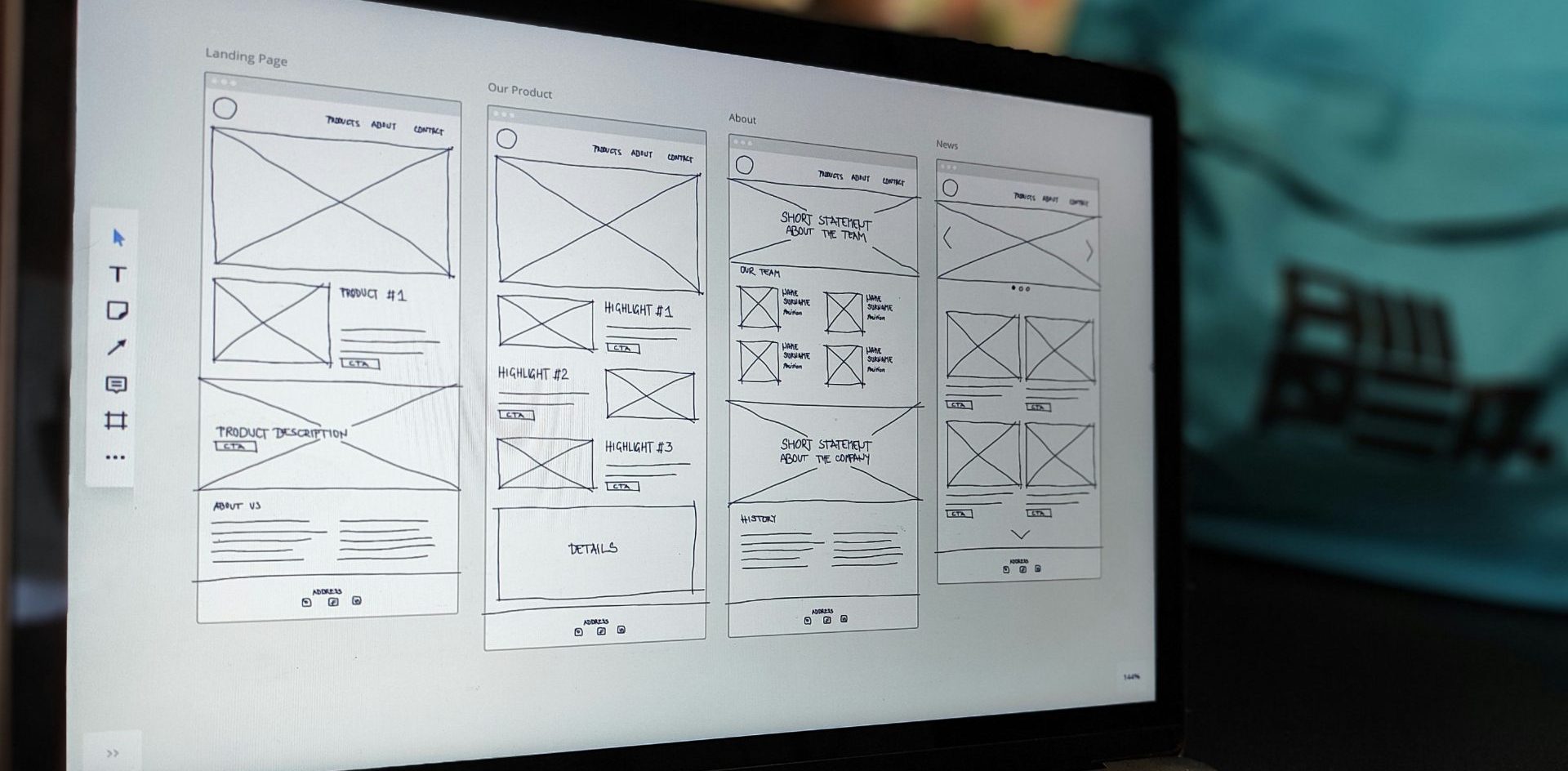
Strategic Guides
Strategic Guides
Tags and categories are often overlooked, but they important so users can find your digital properties and find what they want, written by Pugpig’s Kevin Anderson for the Mobile Matters community.
17th September 2024

Categories and tags – the metadata that you use to organise your content – is a critical but often overlooked element of your content strategy and operations. It starts with a consideration of how your content informs the information architecture of your app or site.
How will you organise the content to help your audience find what they want and also be drawn deeper into your offering? Visual design is a key element of user experience, but content metadata underpins the organisation of your digital properties and is an invisible but key pillar of your UX strategy.
In this Mobile Matters guide, we’ll explore the key differences between categories and tags, best practices for structuring them, and tips to avoid common pitfalls like overtagging. To deepen your understanding and connect with industry peers, join the Mobile Matters community, where other publishing professionals are sharing tips and strategies on all things mobile, including UX plus other hot topics like audio and analytics.
First, let’s start by understanding key differences between categories and tags.
To put the difference in a publishing context, categories are the table of contents of your site and tags are your index words, Lorelle VanFossen says.
WordPress powers Pugpig apps and sites, and there are a few differences between how categories and tags operate:
Here are a few suggestions when it comes to choosing categories.
Less is better, and best practice advice recommends between five and 10 categories. Both categories and tags can support SEO, and in choosing categories, it’s worth looking at the keywords that audiences use to find you using tools like Google Search Console or SemRush. That will inform these critical sections of your site or app. Keep the categories clear, simple and descriptive.
If you’re moving to a Pugpig platform, it’s a great time to review your categories. A few things to keep in mind:
And when it comes to the names of the categories, Pugpig Consulting can work with you on a testing programme to see if renaming them might increase engagement with content in the category.
One of the most common issues we see when migrating publishers to our platform is overtagging. We have worked on projects where there were several thousand tags in the sites being migrated. There is often duplication of tags, meaning that you’ll see variations on a tag e.g. COVID, COVID-19 and COVID19. Many of the tags – sometimes hundreds of tags – refer only to one piece of content. That means the tags aren’t helping audiences discover related content.
If you’re using Pugpig Site, we have used TaxoPress to help teams manage tags. It will allow you to quickly search for tags that are only used once, twice or only a handful of times and delete them. And it will allow you to easily merge similar tags. Moreover, TaxoPress can help you once you’ve tidied up your tags. It can scan you content and recommend tags. It can do this by matching the tags to words in your content or use semantic engines to recommend tags that are related to your content. This increases the consistency of the tags and makes tagging more efficient.
We have heard that some editors created all those tags believing that it helped their sites visibility with search engines. Categories and a logical site design helps SEO. Not only don’t tags contribute to SEO, they can do more harm than good. Too many tags create too many tag pages that needlessly spend your crawl budget with Google.
Even with all of the computing power that Google has, it can only crawl so much of your site at a time. You want to make sure that it can crawl your freshest content and not waste time crawling thousands of tag pages. The best practice is usually to have between five and 10 categories and a couple hundred tags at most.
Categories and tags are essential tools for structuring and organising your content, enhancing both user experience and SEO. By strategically choosing categories and avoiding overtagging, you can streamline navigation, boost engagement, and improve site performance.
Remember, a well-organised site is key to driving traffic and ensuring discoverability. To get stuck into the conversation on optimising your content strategy, join the Mobile Matters community and connect with other publishing professionals who are sharing the tips and tricks that work for them across mobile content, UX, and more.
Mobile Matters is the go-to community designed specifically for publishing professionals to talk mobile. Connect with industry peers to exchange tips, tricks, and best practices on topics that matter most to you, and stay ahead of the curve through expert-led discussions and shared resources.

Strategic Guides

Strategic Guides

Strategic Guides

Strategic Guides